Yesterday’s post is now complete, and has images. And I also proof-read it a bit and made some changes to the half I’d already written, if you can face re-reading all that to see what’s different. And yeah, it turned into a bit of a monster.
When I’m out sightseeing, I use the camera to quickly record things to recount later – signs, objects, events, anything that serves as a mnemonic later, even if the photo itself is poor. According to the Readers Digest I read on the flight here, that’s actually bad for my memory, reducing my ability to recall things on my own later, presumably from lack of exercise for the little grey cells – and indeed, I often find myself forgetting the smaller things, like interactions with people, or amusing (or perhaps “amusing”) comments I’d intended to make. And ironically, I meant to say this as yesterday’s comment of the day, but forgot.
When I woke up this morning, I went out to my balcony, and to the left I saw low clouds sitting in the valley. One of the things Chichibu is known for is unkai – literally, the sea of clouds – where if you go up a mountain before sunrise, you can often see clouds filling the valley below, looking like a sea of clouds. It’s supposedly quite pretty. Also: a photo of temple eleven, as seen from my balcony.
Today after breakfast (with pasta), I checked out of my hotel. It was a pretty nice hotel, and I was actually quite surprised to be on the top floor. I booked this on Booking dot com, and while the hotel listing had a special category for rooms on higher floors, I hadn’t realised I’d requested one. Or rather, I didn’t think I had at all. In any case, I left my melted-and-reset chocolates on the table for the hotel staff, with a note saying “sorry about that, but… give them a try anyway?” (I mean, it was either that or eat them all myself, because I wasn’t about to hand melted-and-reset chocolates to someone actually standing in front of me, and I wasn’t about to eat twelve caramello koalas and ten furry friends).
Then it was off to my next stop – Utsunomiya in Tochigi Prefecture. Originally in my planning, this stop was going to be another case of this being just a place to break my journey – I was planning spend one more day in Chichibu squishing in as many more temples as I could manage, then I was going to head directly from Chichibu to an onsen town in the mountains, a journey of close to five hours, so I thought it best to stop somewhere in the middle for the night, and Utsunomiya was on my way, and has a Toyoko Inn almost on the train station’s doorstep. But then when I tried to book a ryokan in the town, I was informed that none of them were taking single guests right now, so I wound up booking a western-style hotel near the local train station, and I’d visit the onsen town as a day trip, which made the stopover less necessary.
But then I discovered that Utsunomiya is the capital of gyoza in Japan, and I lurve gyoza. So instead I dumped the Chichibu plans (I’ll be back, honest), get the first reasonable train to Utsunomiya, and spend the afternoon trying as many different gyoza restaurants as I could without exploding.
So, off to the train station I went. This time I was catching a train from Ohanabatake Station on the Chichibu Line (owned by the Chichibu Railway company). Weird thing is, its two platforms are served by different companies – the Chichibu Line trains only stop on platform 1 (in both directions), while some Seibu trains travel past Seibu-Chichibu Station and onto the Chichibu Line, and they stop at platform 2 (in both directions). Also, the name of the station is different depending on which platform you’re on – since 2009, platform 1 has officially been known as “Ohanabatake (Shibazakura) Station”, as it’s the place to get off if you want to see the shibazakura flowers bloom in spring. (And apparently the Chichibu Line is celebrating its 120th year – take that, Seibu Chichibu Line.)
It’s kind of a quaint little country-town station, though. Nice little eatery outside the station that might have been nice for breakfast if I hadn’t already eaten. I still want to try eating at an on-platform restaurant like I’ve occasionally seen in anime. Sadly, I couldn’t use my Suica card on the Chichibu Line, even though both ends of my trip are in the Kanto Suica zone, so I had to pay actual money (gasp!). Rode along, enjoying the view in any case.
I hopped off the train at Kumagaya Station, because there it intersected the Shinkansen line. I was almost tempted to stay on the train to the end, because there I could change to another train that’d take me to a temple with the cutest ever goshuin, except even though that temple is right on the straight line that connects Chichibu with Utsunomiya, doing the trip on surface trains would add four hours to my journey, somehow. (I also discovered that the Chichibu Line runs a steam train called the SL Paleo Express (SL for Steam Locomotive, I assume), but (a) it departs Chichibu at about 3pm on days that it runs, and (b) it only runs on weekends and holidays (which means it ran yesterday – kinda sad I never saw it go past, but I guess I wasn’t always that close to the tracks)).
But anyway, at Kumagaya, I changed to the Joetsu Shinkansen to Omiya Station (using the second day on my JR East Pass), where I switched to the Tohoku Shinkansen for Omiya. At Kumagaya, there was a huge line for the ticket office, so I remembered my hard-learned how-to-book-shinkansen-tickets lesson number 1: If there’s a huge line for the ticket office, there’s usually one inside the station with no line. So I headed inside the station, but there wasn’t a second ticket office. At which point, I remembered lesson number 2: If all else fails, ride the non-reserved cars. And it turns out most of the cars on the next train were unreserved. Didn’t have too much trouble finding a seat, though it was only about a quarter-hour ride.
At Omiya, I decided not to worry about looking for the ticket office – it wasn’t a very long layover – and just get on the unreserved cars again, though this train only had a handful of them, waaay down the other end of the platform. And then all the seats in the first two of them were taken (though, some were taken only by people’s bags), so I decided to just stand in the vestibule. For twenty-three minutes. But hey, I arrived in Utsunomiya.
So, Utsunomiya is the capital and largest city in Tochigi Prefecture… despite there being a Tochigi City after which the prefecture is named. Turns out there used to be a separate Utsunomiya Prefecture when the prefectural system was created following the Meiji Restoration, but it lasted barely two years before being merged with Tochigi Prefecture. During WWII, it was an important military training facility, and it’s thought that Japanese soldiers returning from China brought gyoza back home with them, and the craze caught on – today, there’s more than two hundred gyoza restaurants in the city. (Historians have raised some issues with the “brought the recipe home” story in that fried gyoza are extremely popular, but it would have been unheard-of for them to be served in China at the time – frying is what you do with the low-quality ones you couldn’t sell. ) There’s actually an annual gyoza festival in the city, but sadly it’s the first weekend in November – the weekend after I head home, naturally.
I headed to my hotel from there to dump my bags – like I said, it’s practically on the station’s doorstep; you could see the station from the hotel if there wasn’t a building in the way. And it turns out they’re building a new Toyoko Inn right next to the current one. And also, there’s a historical building on the other side, the Former Shinohara Family Residence (an old merchant family from Utsunomiya). Pictures of it look quite pretty, but sadly it’s closed on days following public holidays (and since yesterday was a public holiday…). The building in the second image, by the way, is a bicycle parking station. The whole thing, all three floors. Solid with bicycles.
Bags dumped, I headed out to execute Plan Gyoza. First stop, though: there was a Yaesu bookstore at the station shopping mall. And finally, on my fifth attempt, I was able to find a station stamp book. Didn’t even have to ask the staff – I managed to find the area with the train timetables, and the stamp book was right there. (Actually, there’s a whole section with magazines for train fans – incluing one magazine for train and anime fans, about trains and stations appearing in anime, and the cover story was all about the new movie by the writer of Anohana and Kokosake set in Chichibu. You can take the tourist out of the city…) I also grabbed a manhole card from the tourist information centre – before coming here this trip, I made a map of every manhole card available in the prefectures I’m visiting, and colour-coded them according to how far out of my way I’d have to go to get them; the one in Utsunomiya was literally right on my path.
Downstairs from there was my first gyoza place: Aogen, specialising in negi-miso gyoza (gyoza with miso sauce, covered in spring onions), so I had a plate of that, and a plate of regular pan-fried gyoza. Plus, I got to practice my gyoza terminology – “negimiso ichimai, yaki ichimai, kudasai” (one serve of negi miso, one serve of pan-fried, please). Other words you may want to learn if you want to sound like a gyoza town native: sui (boiled gyoza), age (deep fried gyoza), nimai (two serves), sanmai (three serves). It was quite tasty.
Headed out from there and down the city’s main road heading for the city centre. After a block, I crossed the Ta River, and it was plain from the grass wrapped around the fencing along the riverside walking paths that the river used to be running a great deal higher. Fortunately, the riverside walking paths were a long way below the road height.
But… as I continued walking, it was plain there had been significant flooding, even on the city’s main road – fences along the footpath were packed solid with grass almost to knee deep, the footpath and gutters were covered in dirt, and here and there were piles of sodden tatami mats and garbage bags filled with things waiting to be picked up. Everywhere were people with shovels moving slabs of mud, and mops, and hoses.
Along with what I’ve been seeing on the news at breakfast in the morning and in my room at night, it’s becoming increasingly clear to me that Chichibu got hit pretty lightly. My guess is that Chichibu’s surrounded by high mountains, but the river valleys are pretty deep, so the winds blew over the top while the floods ran by underneath, and in between all we got was the rain. Meanwhile, in Nagano Prefecture, a river broke a levee and flooded a stabling yard for Hokuriku Shinkansen trains (among other things), causing about thirty million dollars of damage, and shutting down the Hokuriku Shinkansen – I’m just fortunate that my intended train from Kumagaya to Omiya was a Joetsu train (they run on the same line at that point).
Anyway, the next target on my gyoza quest was a small side street called Miyajimacho-dori, colloqually named Gyoza Street, because of all the gyoza restaurants on it. I had a list of the top ten gyoza restaurants in Utsunomiya on my phone (according to some guy on the internet, anyway), and two restaurants on the list were on this street (Aogen, by the way, is an number six). Tragically, it seemed like every shop on the street was closed – I was following another couple from shop to shop, and they looked about as dejected as I felt. Though, the manhole cover that my manhole card related to was on this street, so it wasn’t a complete loss.
Fortunately, I’d read about another place nearby – a Don Quixote with a place in the basement with five gyoza restaurants all together, so I headed there next. Basically the deal is you order and pay at each restaurant’s counter, tell them your table number, and then they hand you a numbered tag, and then bring you food to your table when it’s ready. There was a big sign on the wall in English explaining it, but even so, one of the restaurant guys – from a place called Satsuki – came out and explained it to me in pretty good English, so I decided to order there first, even though it wasn’t on my list. Plus, they had an “all star set”, a plate with seven different gyoza with different fillings: the restaurant’s specialty, kimchi, a traditional regional specialty from the old Yashu Province, yuzu, shiso, green tea, and wagyu beef.
While I was eating that, I noticed that a table in my eyeline just ordered everything from every shop at once, so that’s what I did next, ordering one thing from three different shops, all of which were on my list (the fifth and final shop in the place was closed today): hanetsuki from Men Men (it’s fried gyoza joined together with a sheet of starch – the name means “wings attached”), prawn moneybags from Ryumon, and age and sui (and a serve of pickled veggies for a palate cleanser) from Min Min.
That… was a lot of gyoza. Overall, today I ate forty two gyoza, and a plate of pickled vegetables (how much gyoza must a man eat, before you can call him a man?). This might have been better to do with more than just me, so we could share each plate between us. In all honesty, despite Min Min being named the best restaurant in several lists I consulted, I’d honestly have to say my favourite was the Yashu from Satsuki was my favourite, even to the extent that I was considering asking if I could order another plate of just that. Second favourite has the hanetsuki from Men Men. Fortunately, I completely failed to explode.
I waddled out of there and headed over the road to visit one place I wanted to see: Futaarasan Shrine. (Or possibly Futarasan, it wasn’t entirely clear. Technically the first two kanji in the name are read as “futa” and “ara”, but it seemed to be written on most (though not all) signage as “Futarasan”.) Anyway, the shrine used to be the principle shrine of Yashu Province, and it was quite impressive – big ol’ torii gate, huge flight of stairs up to the main buildings. To be fair, the stairs almost did me in after all that gyoza. Admired the buildings at the top. Very nice buildings. There were also some kids dressed up for Shichi-Go-San a festival for girls aged three (=san) or seven (=shichi) and boys aged five (=go), though I rather thought that didn’t happen until November.
Sadly, it started to rain at this point, despite Apple weather saying it’d only be cloudy. Left the shrine out the back, intending to head back to my hotel via another temple, Jiko-ji. It was quite a nice temple, though the goshuin office was closed. Weirdly, the main entrance road seemed to be the back driveway of a pair of houses on the corner.
I decided to walk the rest of the way back to the hotel down some back streets, and here I could see more effects of flooding without the cleanup efforts on the main road. Footpaths and car parks were covered by a thick layer of mud. I’m probably gonna have to declare my shoes at customs when I fly back into Australia…
Back at my hotel comparatively early, I nevertheless still only had time to finish up yesterday’s post. So yeah, this post wasn’t written today, in fact I had written it tomorrow. My tenses aren’t confused, your tenses are confused. I had a light dinner of a pair of choc-chip biscuits I’d brought from Australia for snacks, though if memory serves, the best before date was last Friday…
Today’s photo count: three hundred and twenty-two
Today’s pedometer count: 11,673 steps – 8 kilometres exactly – 13 flights of stairs
Today’s goshuin count: One, Futarasan Shrine (I’ve also left my new bookmark on it, so you can see what it looks like).
Today’s stamp count: Two – JR Kumagaya Station and Utsunomiya Station. I neglected to see if Ohanabatake Station had one (or Seibu-Chichibu, for that matter), and while the Chichibu Kumagaya Station did have one, it was in use, and I didn’t have the time to wait.
Today’s manhole card count: One.

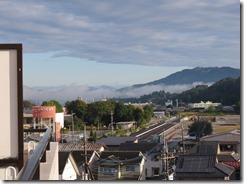
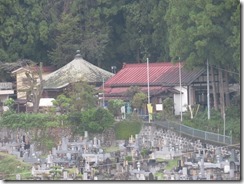
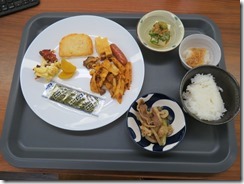
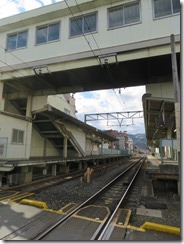
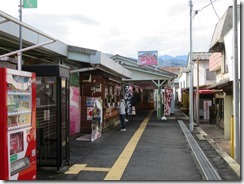
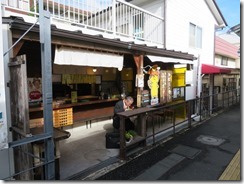

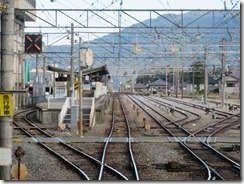
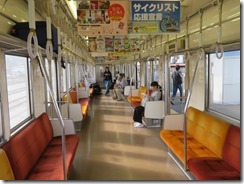
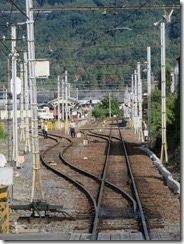
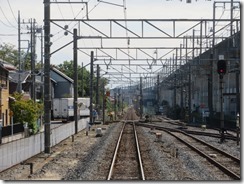
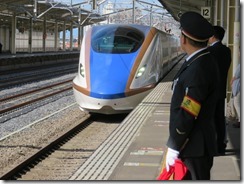
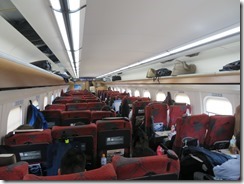
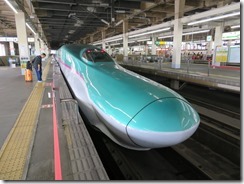
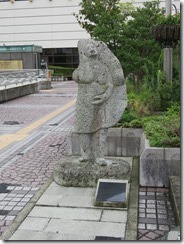
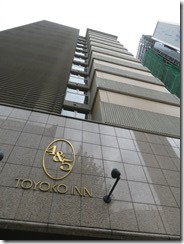
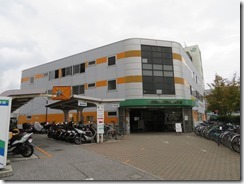
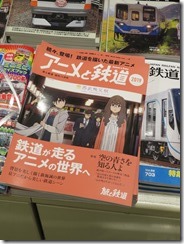
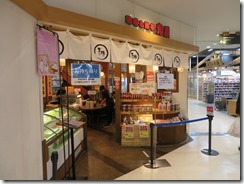
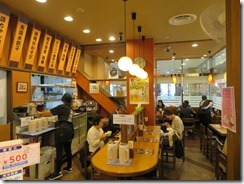
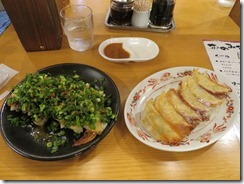
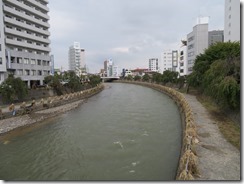
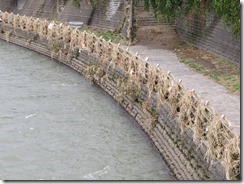
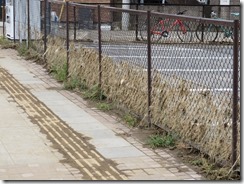
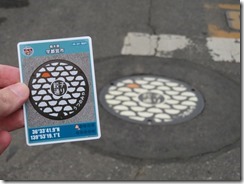
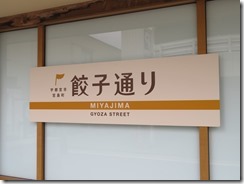
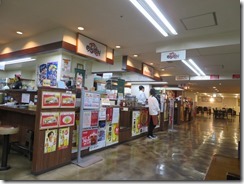
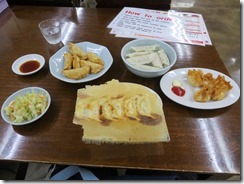
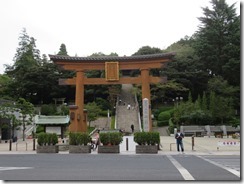
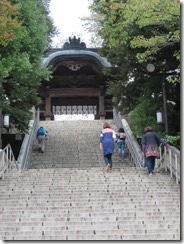
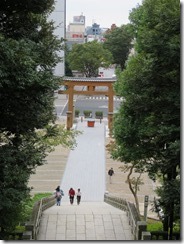
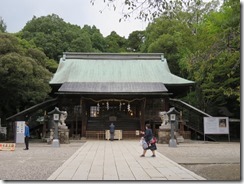
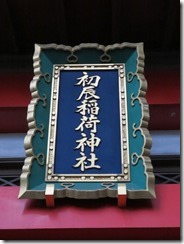
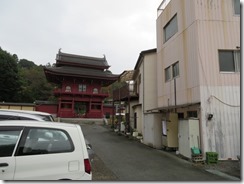

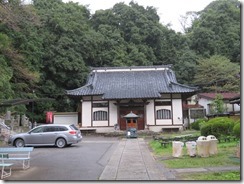
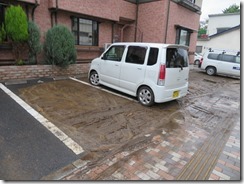

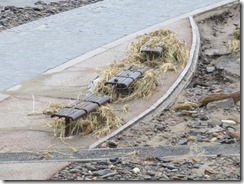
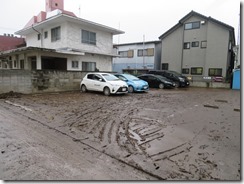
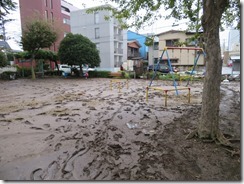
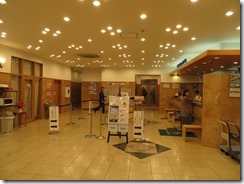
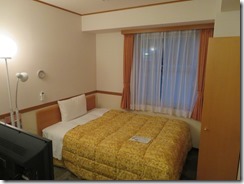
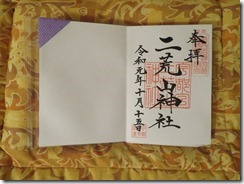
Today’s gyoza count: